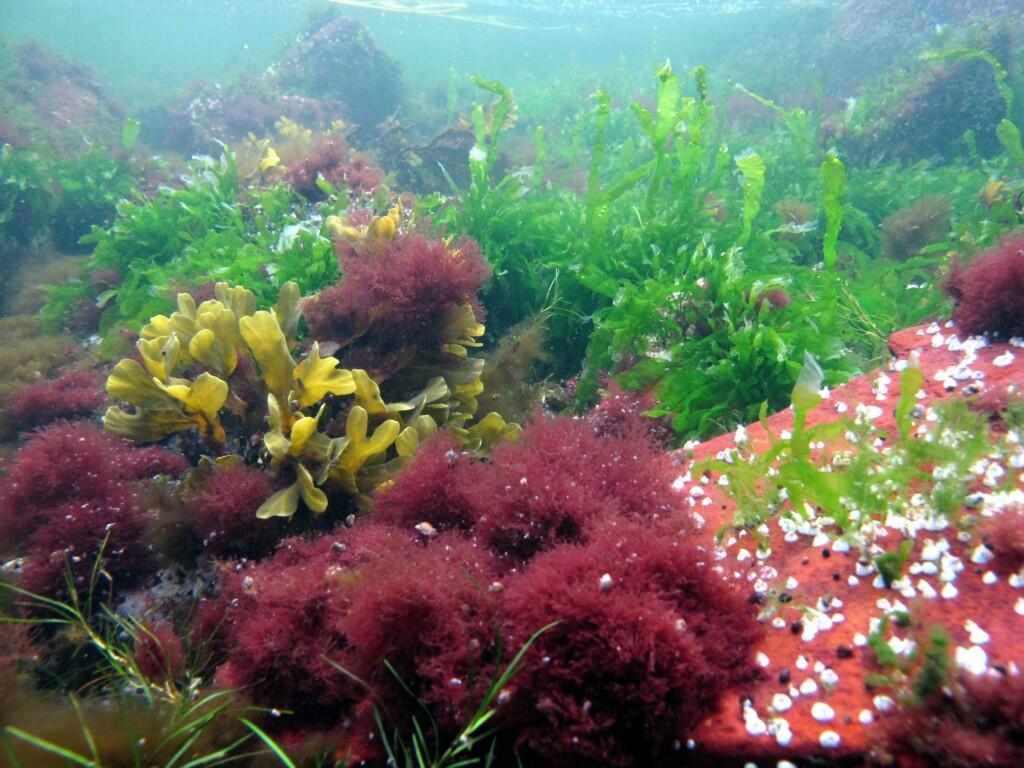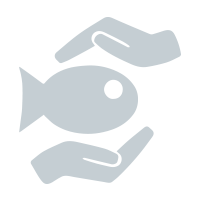Biodiversity

The Baltic Sea harbours a unique composition of species and landscapes. An estimated 100 species of fish, 450 species of macroalgae, 1000 zoobenthos species, 3000 plankton species and many thousands of unknown species of bacteria and viruses create the unique underwater biodiversity of the Baltic Sea.
Compared to most other seas, the number of species is relatively low in the Baltic Sea because of its low salinity. However, due to its unique salinity gradient and high variability in habitat types, the Baltic Sea contains a greater biodiversity and variety of plant and animal life than might be expected under such conditions.
Of the about in total 3,000 macroscopic species – those that are visible to the naked eye – that call the Baltic their home, around 1,800 are found in the Kattegat, the most marine sub-basin of the Baltic Sea. In the most freshwater-influenced area, the Bothnian Bay, only around 300 species occur. This change reflects the effect of low salinity on the distribution of many species of marine origin.
Achieving a good status of biodiversity is a HELCOM priority, strengthened by, among other things, the revised Helsinki Convention in 1992 and the Baltic Sea Action Plan. However, many species are still under threat. It is anticipated that biodiversity will show signs of improvement in the coming years, as the effects of recently implemented measures start to be seen, but continued efforts to improve the environmental status of biodiversity are of key importance.
Baltic Sea Action Plan target on biodiversity
“Favourable status of Baltic Sea biodiversity”
- Natural marine and coastal landscapes
- Thriving and balanced communities of plants and animals
- Viable populations of species




